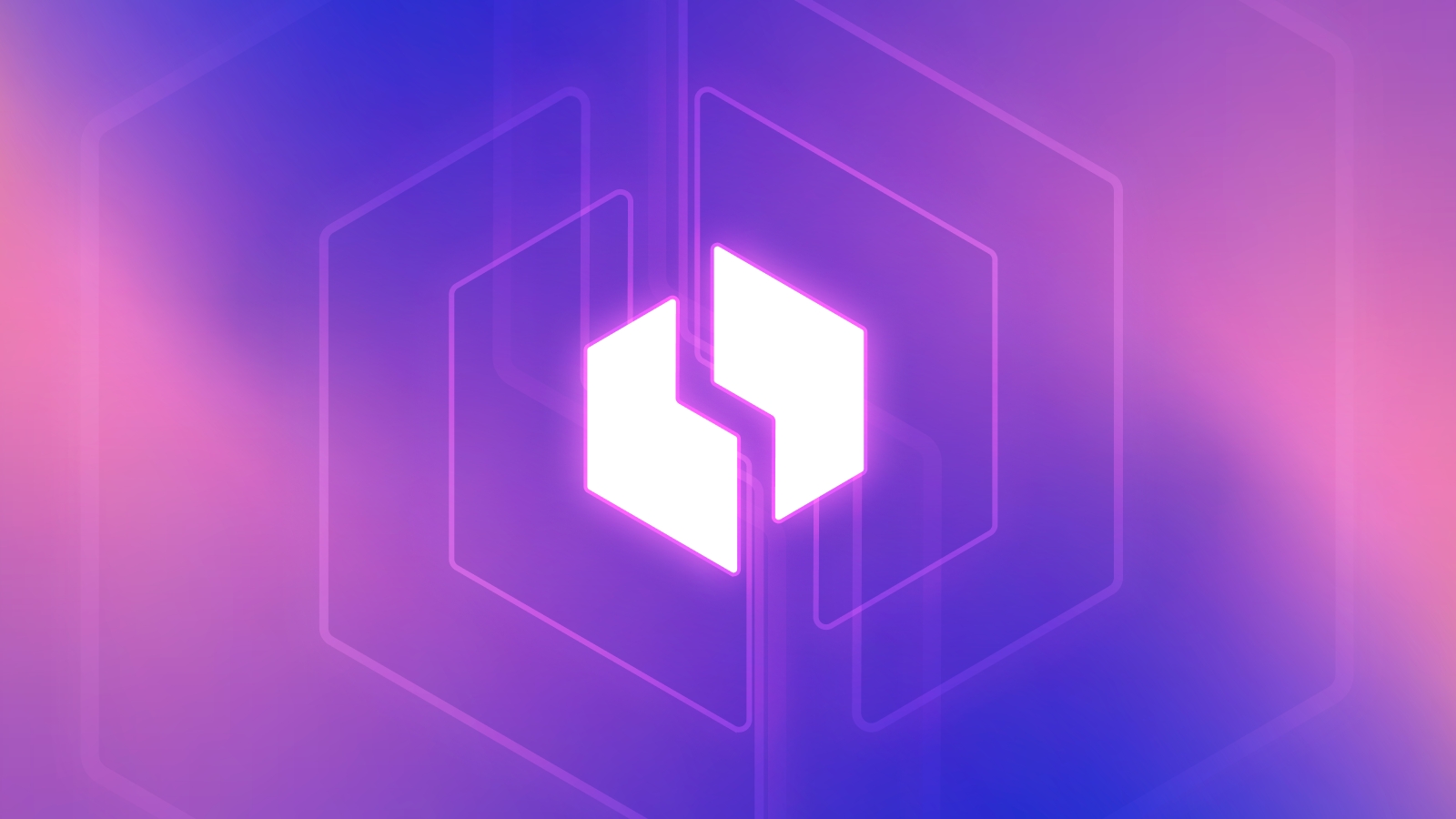Helium Network Shows Remarkable Growth in Q4 2024
Messari, a prominent crypto research firm, has released its latest report titled “State of Helium Q4 2024,” which provides an in-depth analysis of the Helium Network’s growth, adoption, and operational advancements during the last quarter of 2024. The report highlights significant metrics, including a staggering 555% increase in offloaded data, totaling over 576 TB. This growth is attributed to the expansion of the DePIN (Decentralized Physical Infrastructure Networks) project, particularly in mobile and IoT network capabilities, showcasing Helium’s robust performance in a competitive landscape.
In Q4 2024, Helium Mobile experienced a 7% growth in subscribers, reaching over 124,000 users for its unlimited talk and text messaging service, with recent updates indicating this number has surpassed 150,000. The network also saw a 14% increase in mobile hotspots, totaling 24,800, while IoT hotspots grew by 20% to 32,900 following its migration to the Solana blockchain. Notably, partnerships with major telecom companies, such as Telefonica in Mexico, and the integration of Ameriband’s 100,000+ Data-Only Hotspots, have significantly enhanced Helium’s coverage and operational capabilities across the U.S.
The report also discusses Helium’s strategic implementation of HIP 138, which aims to simplify its token structure by unifying under HNT. This change is designed to lower barriers for new participants by redistributing HNT emissions, with 70% directed to the MOBILE subnetwork and 30% to the IOT subnetwork. Furthermore, Helium’s inclusion in Coinbase’s COIN50 index and a case study at Harvard Business School underscore its growing relevance in the DePIN sector. As Helium continues to innovate and collaborate, its role as a leader in facilitating global connectivity and supporting other DePIN projects solidifies its position in the blockchain ecosystem.
Related News





